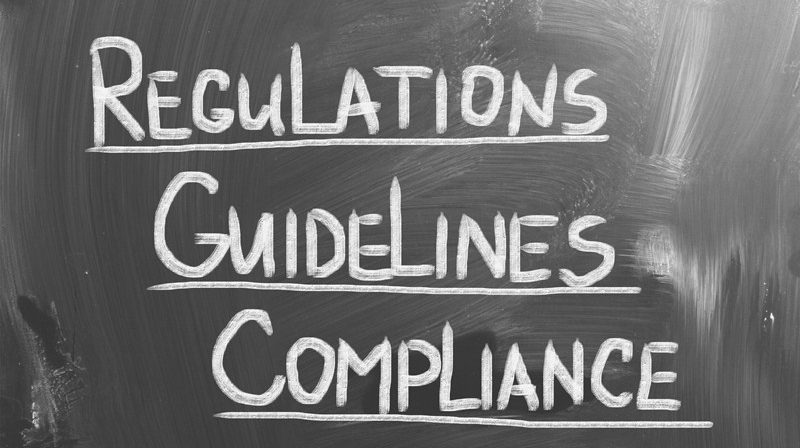
Basis periods and change of accounting date
HMRC’s guidance lists the following useful examples about a change of accounting date:
If your accounting date in 2016 to 2017 is more than 12 months after the end of the basis period for 2015 to 2016, your basis period is the period between the end of the basis period for 2015 to 2016 and the new accounting date.
For example, your basis period for 2015 to 2016 ended on 31 May 2015, and the new accounting date is 31 August 2016, your basis period is the 15-month period 1 June 2015 to 31 August 2016.
If your accounting date in 2016 to 2017 is less than 12 months after the end of the basis period for 2015 to 2016, your basis period is the 12 months ending on the new accounting date.
For example, your basis period for 2015 to 2016 ended on 31 December 2015 and the new accounting date is 31 July 2016, your basis period is the 12-month period 1 August 2015 to 31 July 2016, see ‘Overlap profits’, below.
If your new accounting date is 31 March or 1, 2, 3 or 4 April, see Accounting dates in the period 31 March to 4 April below.
In the first example, above an overlap occurs because of the change in accounting date. A portion of profits is effectively taxed twice, this is known as overlap profit. Overlap profits relief can be used to reduce the profits on the final tax return when the business ceases trading or if the accounting period changes but the ideal scenario would usually be not to create the overlap in the first place.
For more information, Book a Free Consultation
Need Accountancy Support?
For information on bespoke training, or if you have any other questions for Makesworth Accountant, please fill in your details below
















 151
151